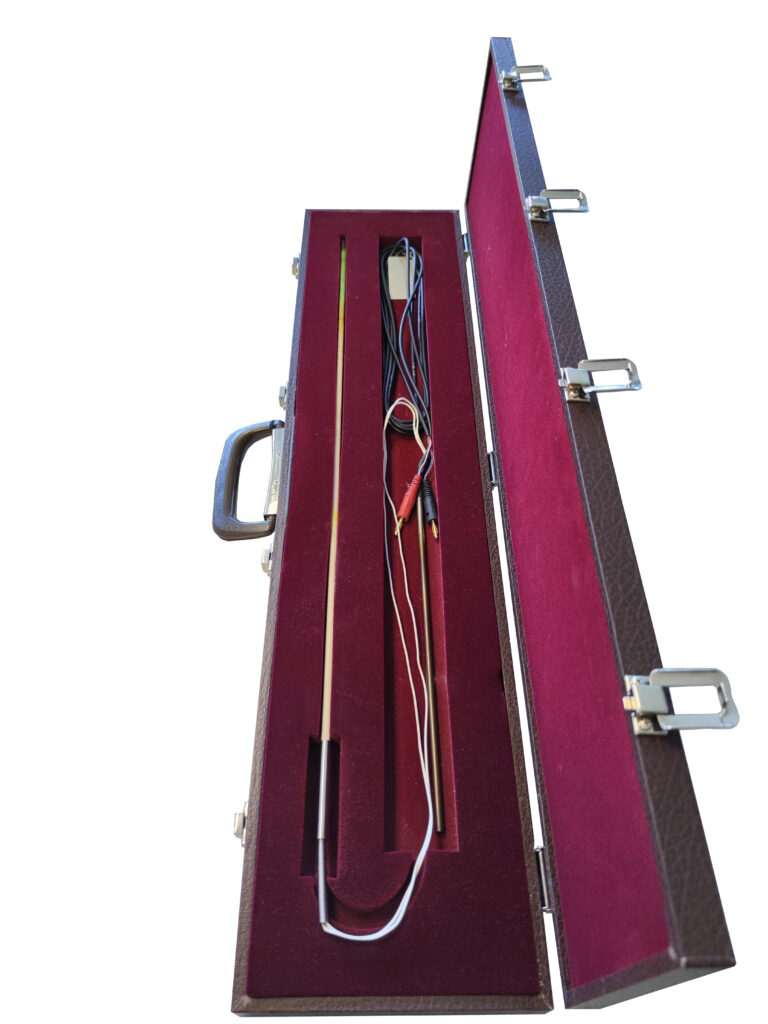Menu
Thermocouples
Home » Thermocouples



Thermocouples make use of the thermoelectric property of metals known as the Seebeck effect whereby a temperature difference along a metal wire generates a potential difference at its ends. Thermocouples vary according to the material of which the wires are made, the working range and the environment in which they are used. They fall into two main categories, noble metal and common metal. Noble metal thermocouples S, R and B have an extended working range at positive temperatures, higher stability than base metal thermocouples and are generally used in the laboratory as reference or working probes. Common metal thermocouples K, T, E, N and J have lower costs and higher robustness. They are used industrially and are typically connected to a digital indicator.
All types of thermocouples can be calibrated in our laboratories by reading the signal in millivolts and calculating the parameters of the characteristic curve of the probe as well as providing the full f.e.m.-temperature conversion tabulation.

P. IVA: IT03363960281 | CF Azienda: IT03363960281 | REA: PD – 306030 | Cap.Soc.: 20.800,00 € (i.v.) - All right reserved | Whistelblowing